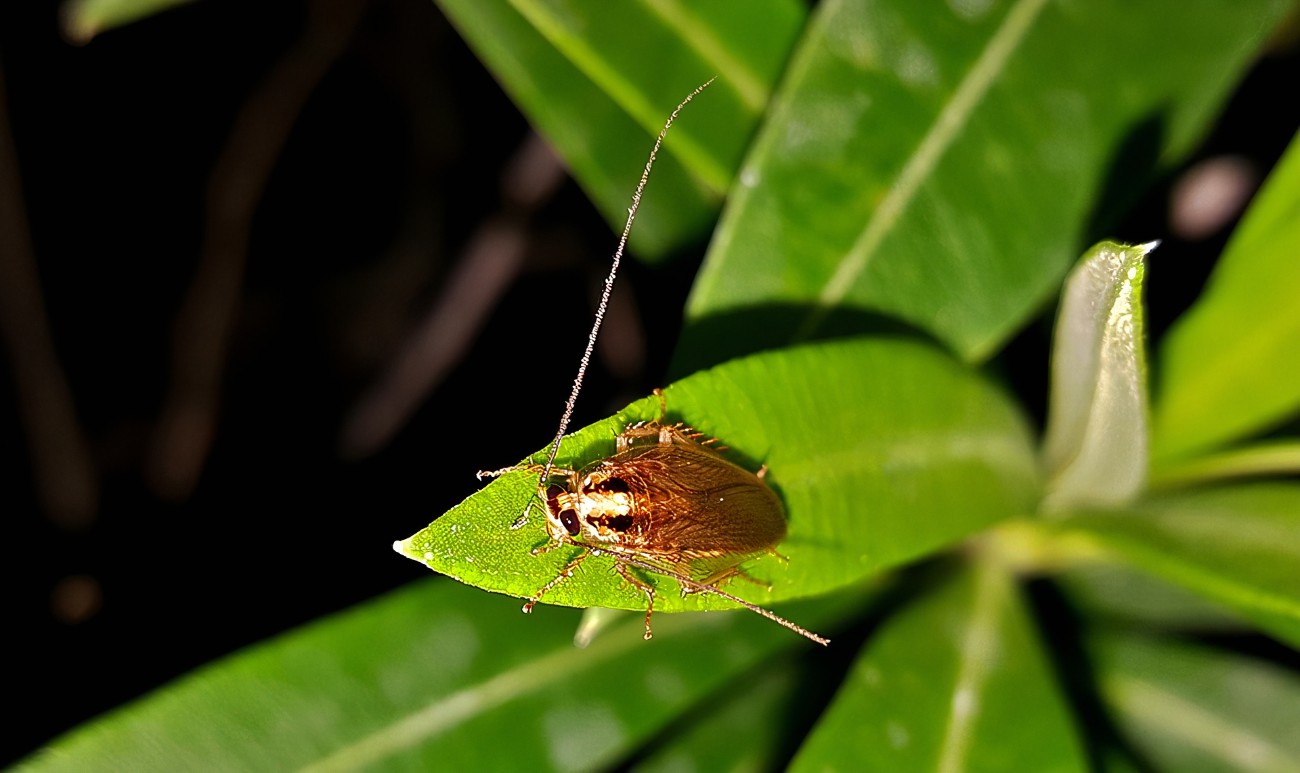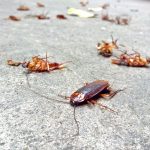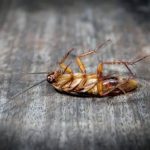Cockroaches can easily invade your home and cause significant damage.
They’re also notoriously difficult to remove, and many people unwittingly leave these pests untreated. You must ensure that you keep your cockroaches at bay throughout the year.
So, can cockroaches jump? Cockroaches are known for their bad reputation.
Many people consider them disgusting and loathsome. However, scientists are discovering that cockroaches are actually pretty cool.
Scientists have discovered that cockroaches can jump surprisingly well. In fact, they can jump distances of 30 cm vertically and 10 cm horizontally.
They can also run at a speed of one meter per second. That’s faster than Usain Bolt, the fastest man on the planet.
However, cockroaches can’t actually jump very high, unless they’re using a wall to springboard themselves. Still, the fact that cockroaches can jump is pretty surprising.
Can Cockroaches Jump?
Contents
It is true that not all of the species of the insect family Blattidae are jumpers; however the genus Periplaneta which includes the common American and German roaches do possess the ability to leap or bound into the air at remarkable.
Cockroaches, on the other hand, can indeed jump and it’s thanks to their powerful legs.
Except for Saltoblattella Montistabularis, or leap roach, which can jump up as high as a meter in the air using only its hind legs.
The leap roach lacks wings and can fly by jumping instead.
Other cockroaches, on the other hand, have wings that enable them to fly and even glide short distances.
What Cockroaches Can Jump?
The leap roach can only be found in South African shrub lands and it is the only known species of jumping/flying roaches in the world.
As a result, most individuals have never seen the flying insect in the wild.
Cockroaches may ‘appear’ to have no wings at all, but it actually depends on their size and structure.
In truth, it’s because they’re so tiny that they only appear wingless to us.
How Do Roaches Jump?
Leap roaches are the only known species of the Blattidae family that can jump/fly.
Unlike other cockroach species, Leap roaches have dramatically modified hind legs that enable them to take off from the ground.
The legs are specially adapted to act as a spring and they can propel the insect forward with incredible force and speed. They are capable of leaping up to one meter high and one meter across in a single bound!
This allows them to reach heights where they can catch thermal currents to get airborne easily.
Although they cannot fly long distances or for long duration, they are excellent jumpers and they use their jumping abilities to escape from predators and to outmaneuver competitors during mating season.
The leap roach can jump up to one meter into the air in one jump.
Cockroaches leap by contracting their abdominal muscles and then pushing out their abdomens as hard as they can, propelling themselves into the air.
When the cockroach is ready to leap, it raises its legs into a vertical position, contracts its abdominals and pushes them out as hard as it can.
The flexor muscles then relax while the muscles of its hind legs contract and push backward on the animal’s body to propel it upwards.
Once the legs touch the supporting surface, the extensor muscles contract and the insect lands back on the ground with a powerful springing action.
How Far Can Cockroaches Jump?
The ordinary cockroach can leap several inches into the air and about a foot and a half horizontally.
Cockroaches have been found to be able to jump over small obstacles such as fences or even each other.
The leap roach has larger rear wings than the front ones, which enables them to fly short distances.
However, when it comes to long-distance flight, they can’t beat the wings of other insects such as butterflies, dragonflies, etc. They simply don’t have the power to do so.
Female leap roaches may sometimes use the wings of males to jump from a higher point to the ground during mating season.
A leap roach’s greatest forward distance in hopping is about four inches.
How High Can Cockroaches Jump?
Cockroaches are excellent jumpers and they can reach impressive heights when leaping on hard surfaces such as walls or tables.
They can even hop over small barriers such as fences or chairs. For example, the German Roach is known to jump to a height of about a foot and a half when landing on smooth surfaces.
They can also bounce off surfaces higher than one foot off the ground, landing on their feet.
Cockroaches, unlike crickets, are not insects that jump by spreading their limbs out.
Males can normally jump higher and farther than females.
They have a flatter body than their female counterparts and their shorter legs are stronger as well.
These characteristics allow them to propel themselves further and higher.
They also have a slightly longer and more muscular abdomen that allows them to push out their abdomens harder when they are about to leap.
As a result, male German roaches can easily jump to heights of up to two feet.
When compared to females, the males are about twice the size of females and can weigh twice as much as well.
It is unknown how males develop such huge size as they do not reach sexual maturity until 40 days after hatching.
Cockroaches mostly glide on their strong back legs as they move forward on the ground.
However, they also move by leaping from spot to spot, covering distances of up to 50 feet in a single jump.
As a result, they can cover a distance equivalent to the length of a football field in just a minute.
They depend on launching from elevated places or running up vertical surfaces such as glass walls and window panes to get from place to place.
Can Baby Cockroaches Jump?
Baby roaches cannot leap but they can still climb up smooth surfaces using their sticky pads on their feet.
Cockroaches must go through metamorphosis before they can start moving on their own after hatching from their eggs.
Metamorphosis occurs between the second and fourth nymph stages and lasts approximately two months.
During this stage, the baby roaches go through four nymph stages, during which their body structure changes significantly.
Eventually, they transform into adults, although this process can take several months to complete.
They shed their rigid exoskeletons as they grow and become more flexible.
Although it varies by species, the cockroach life cycle takes anywhere from six to 12 months to complete and consists of five distinct phases: egg, nymph, adult, reproductive adult and senescence.
Nymphs do not acquire wings until their fourth instar; this typically occurs between days 30-50 of development.
They cannot leap or fly at this stage in their development.
Cockroaches have a movement that is similar to that of other animals when they walk.
They use their front legs to move forward on the ground while their back legs are outstretched in a walking motion.
This movement is known as protraction locomotion because the rear legs are extended out in front of their bodies.
Their large and powerful forelegs also allow them to move quickly across surfaces; however, they are slow to move over rough ground because their forelegs are not flexible enough to bend effectively.
Also Read: Does Listerine Kill Roaches?
Conclusion
I realize that discovering the presence of a ‘jumping cockroach’ in your house can be unsettling.
However, it is important to know that cockroaches are harmless to humans. They are not known to bite people and are not capable of transmitting any diseases to us either.
Leaproaches are not considered domestic pests since they are not known to damage structures or furnishings, but they will feed on almost anything that they can find in your home.
So, the next time you see a jumping cockroach in your kitchen or bathroom, you can safely release it outdoors and go about your business without worrying about it coming back into your home.






